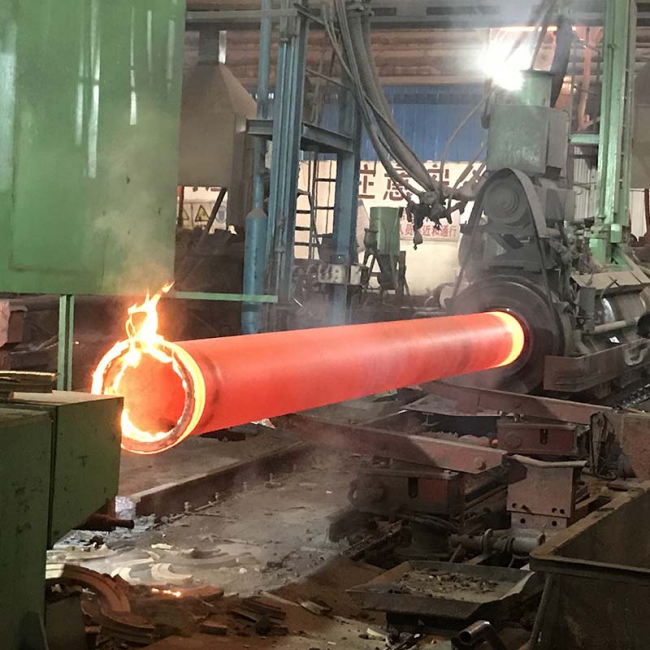We have standardization and professional service system
Ensure you enjoy the high quality and efficiency service.Due to the high content of carbon and silicon, nodular cast iron has good fluidity and self-feeding ability like gray cast iron. However, due to the difference in furnace pretreatment process and solidification process, nodular cast iron has a big difference in casting performance compared with gray cast iron, so the casting process is also different.
The forging process of ductile iron pipe includes continuous forging method and water-cooled centrifugal forging method. The water-cooling method is modern art. Compared with the technical skills of ductile iron pipe and the superficial cast iron pipe, it not only stands up to the corrosion resistance of superficial cast iron pipe, but also has It has high strength, good toughness, thin wall, lightweight, impact resistance, great bending function, convenient installation, etc., and it has also been well used in China.
The fluidity and pouring process of ductile iron
The addition of spheroidizing agent during the spheroidizing treatment, on the one hand, reduces the temperature of the molten iron, on the other hand, magnesium, rare earth, and other elements from slag inclusions in the ladle and pouring system. Therefore, the fluidity of molten iron decreases after spheroidization. At the same time, if these slags enter the cavity, it will cause casting defects such as inclusions, pinholes, and roughcasting surfaces.

In order to solve the above problems, the following problems must be paid attention to in the casting process of ductile iron:
(1) Be sure to remove the scum on the surface of the molten iron in the ladle, preferably using a teapot spout.
(2) Strictly control the residual amount of magnesium, preferably below 0.06%.
(3) The gating system must have sufficient size to ensure that the molten iron can fill the cavity as soon as possible and avoid turbulence as much as possible.
(4) A semi-closed gating system is adopted. According to the data recommended by the American Foundry Institute, the ratio of sprue, cross runner, and the inner runner is 4:8:3.
(5) The inner gate should be opened at the bottom of the mold as much as possible.
(6) If a filter is placed in the pouring system, it will help to eliminate slag inclusions.
(7) Properly increase the pouring temperature to increase the filling capacity of the molten iron and avoid the appearance of carbides. For molten iron treated with rare earth, the pouring temperature can refer to relevant Chinese manuals. For molten iron treated with magnesium, according to the data recommended by the American Foundry Society, when the casting wall thickness is 25mm, the pouring temperature is not lower than 1315℃; when the casting wall thickness is 6mm, the pouring temperature is not lower than 1425℃.
The above information is provided by ductile iron pipe suppliers.
Copyright © Beijing Solaire International Corporation All Rights Reserved | Sitemap |